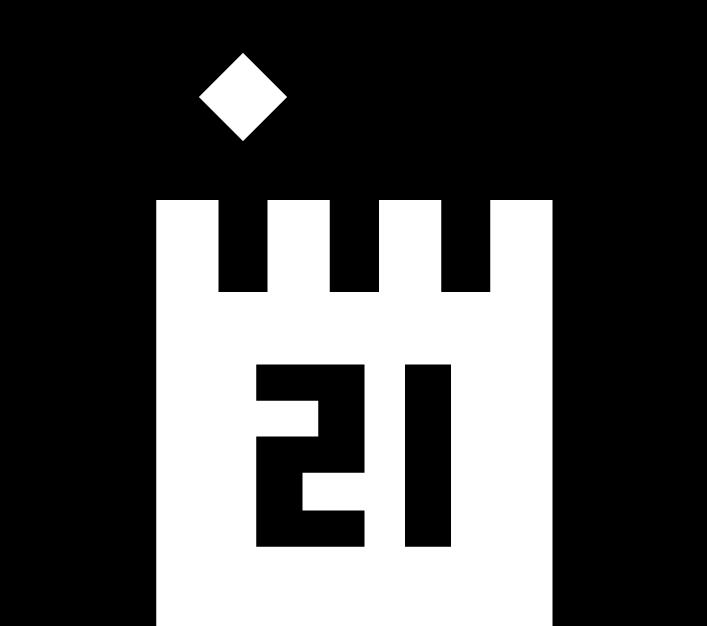The Prophetic El Salvador Bill
by David St-Onge | Mar. 21st, 2023 | vol.21
In June 2021, the President of El Salvador, Nayib Bukele, took the world by surprise. He announced his country's adoption of Bitcoin as legal tender, making El Salvador — which has been dollarized since 2001 — the first country in the world to adopt Bitcoin.
While it is true that there is only one step between the dollarization of a country and its adoption of Bitcoin, most governments are still enjoying the advantages of their privileged access to the money printer.
Thus El Salvador's announcement piqued my interest, and inspired my curiosity to learn more about the monetary history of this country. What circumstances led the country to give up their sovereign money creation power?
It was during the course of this research that I learned about the existence of the Salvadoran colón. This currency, named after the explorer Christopher Columbus, was used in the country between 1892 and 2001.
My first instinct was to go on eBay to try to find one to add to my ever growing collection of failed fiat currencies. To my delight, I managed to find an authentic 100 colones bill from 1980.
One tiny detail immediately caught my attention. The serial number (in red on the image) ends with the number 21, a symbol that obviously needs no introduction in the Bitcoin universe.
What was even more surprising was that the number 21 was preceded by the number 8, which evokes the sign of infinity, exactly as in the famous meme of Everything divided by 21 million by author Knut Svanholm.
With this unexpected discovery, I set out to see if I could find any significant events in the history of the Salvadoran colón that might match the numbers on the bill. I can assure you that I was not disappointed with what I found. This bill was nothing less than prophetic! We'll come back to this after a brief overview of the country's monetary history.
Pre-Columbian era
Both the Maya and Aztec civilizations used cocoa beans as currency. The Aztecs also used other goods, such as cotton, as a medium of exchange.
New Spain
It was the Spaniards who introduced coins to Central America. The inhabitants of the region used the Spanish real until their independence in 1821.
The first Mexican Empire
Following the victory of the War of Independence in 1821, the Central American Republic declared its independence and joined the Mexican Empire in 1822.
Federal Republic of Central America
After the Mexican Empire collapsed in 1823, the region separated from Mexico and became an independent nation: the Federal Republic of Central America.
The Federation began minting coins, the real, in 1824. It was done in three different mints; in Guatemala, Honduras and Costa Rica.
It was dissolved in 1841.
El Salvador
El Salvador became an independent state in 1841.
In 1883 the National Mint was created to mint coins.
In 1892 the Salvadoran peso changed its name to the colón in honor of Christopher Columbus.
In 1897, 1913 and 1914 Bank moratoriums were decreed.
Economic crisis of the 1930’s.
The country's central bank was founded in 1934 as a private organization and was later transformed into a public organization in 1961.
In 1980 the country's banks were nationalized. The banks were then privatized in 1991.
In 1993 El Salvador applied a fixed exchange rate to the colón, which was exchanged at a rate of approximately 8.75 per US dollar.
On January 1, 2001, the Monetary Integration Act came into effect. It establishes the free circulation of the American dollar.
In 2021, Nayib Bukele announced the adoption of Bitcoin as a legal tender.
Let's return to our prophetic bill
The first key moment in our historical overview is 1934. The 34, the first number in the serial number, marks the founding of the country's central bank.
Then, from 1993 the country applied a fixed exchange rate with the American dollar, initiating the beginning of the dollarization of the country. You may have already noticed that 93 is the second number that appears in the serial number.
And of course, as we all already know, it is in 2021 that the country adopted Bitcoin as its legal tender, as highlighted by the last number included in the bill's serial number, 21.
Thus, we find, one after the other and in order: the year the central bank was founded (34), the year dollarization began (93) and the year Bitcoin was adopted (21).
And like it was not already enough, the bill is from the "OZ" serie (which is a reference to The Wizard of OZ that can be interpreted as an allegory about the demonetization of silver) and its serial number literally lays out the chronology of the demonetisation of the salvadoran colón.
I assure you, I know a prophetic bill when I see one! (*No tinfoil hats were harmed while writing this article.)
David St-Onge is Technical Director for a software development company. After being introduced to cryptocurrency mining by a colleague in 2018, he started to read everything he could find on the subject. It took quite a few books about Bitcoin, Blockchain and Tokenomics before David finally realised that Bitcoin is the only cryptocurrency that matters. Having contributed to the popularization of Bitcoin in the French-speaking world, David now brings us a translated version of his beginner-friendly book: "Bitcoin: Everything You Need to Know".









